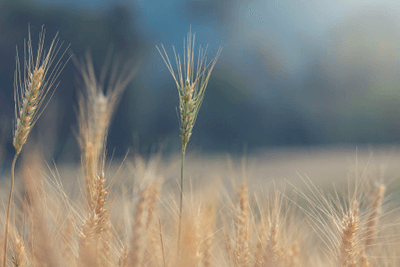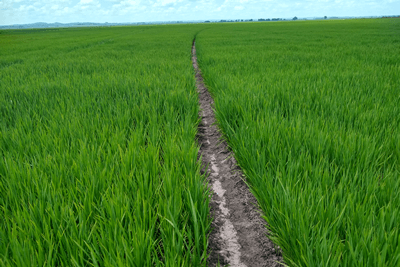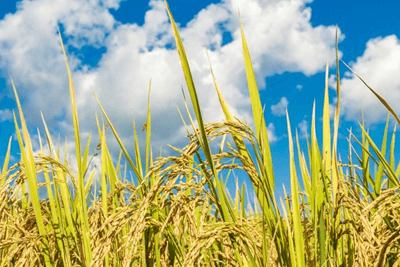


The European companies C-Astral, Catch Energy and Endless AB along with the Brazilian companies GND and E4 Engenharia intends to develop a technological system that consists of a in a “software”, that consists in the design of a crop production cycle and rotation which will have a water and electricity demand, which in turn have a design requirement, a labelling procedure and financing platform resulting in a “hardware” which consists of the equipment (irrigation system, pumping system, water borehole/dam, solar panels, energy storage) that will enable the system to work.
No integrated production system such as this one exists in Brazil focused on green, healthy, labelled food production in a financial solution that could include commodity purchasers as financiers of system. Central pivot systems, solar panels, energy storage and dams have been around for some time, and while each one of these components have been used isolated, a modular, integrated system that brings together an agricultural, hydraulic, and energy package does not exist.




The main goal of the current project is to provide a technically, financially and environmentally sustainable productive system for rice production in rotation with grain (maize), Corn, soy and rice ryegrass. This is done by utilizing central pivot irrigation instead of flooded conditions for rice, allowing the same yield per hectare and better product qualities whilst allowing profitable rotations with other crops that were unviable under flooded conditions.

This project multiplies food production per hectare, eradicates methane emissions from flooded rice, reduces water consumption in rice by approximately half, captures CO2 from the atmosphere and integrates it to the soil and stores energy relieving the grid and all associated inefficiencies. It also substantially reduces chemical need and use and reduces inorganic arsenic content in rice in 4 to 10 times compared to flooded rice. The rotation enables risk mitigation by the framer whilst allowing a profitable technical solution to soil structure and competitive herb control. The use of renewable energies further improves financial returns and reduces the solutions environmental footprint.